Great Design Plant: Serenoa Repens
http://decor-ideas.org 11/08/2014 23:13 Decor Ideas
Saw palmetto (Serenoa repens) is a resilient, drought-tolerant palm native to the coastal plain of the southeastern United States, from South Carolina to eastern Texas. Associated with pine flatwoods and scrub forests of the Southeast, it makes a lush massing plant in any site with dry, well-drained soil, and its coarse texture adds drama in the landscape. Saw palmetto feeds a variety of wildlife with its flowers and berries, and animals seek cover under its dense, sprawling form.
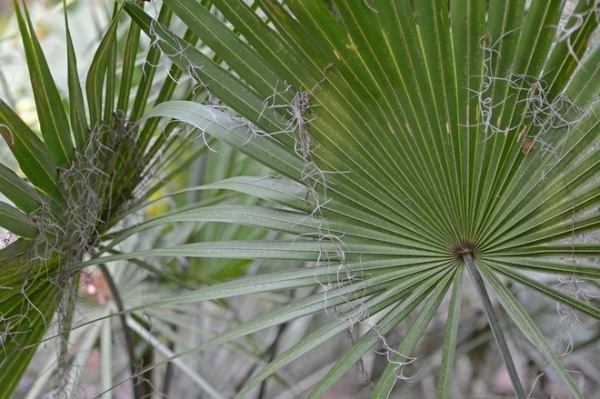
Botanical name: Serenoa repens
Common name: Saw palmetto
Origin: Native to the southeastern U.S.
Where it will grow: Hardy to 15 degrees Fahrenheit (USDA zones 8 to 11; find your zone)
Water requirement: Low
Light requirement: Full sun to partial shade
Soil requirement: Prefers well-draining, sandy soils
Mature size: 4 to 10 feet tall and wide
Benefits and tolerances: Attracts butterflies and birds; salt and drought tolerant
Seasonal interest: Evergreen, with spring flowers and autumn fruit
When to plant: Fall
Photo by Geoff Gallice
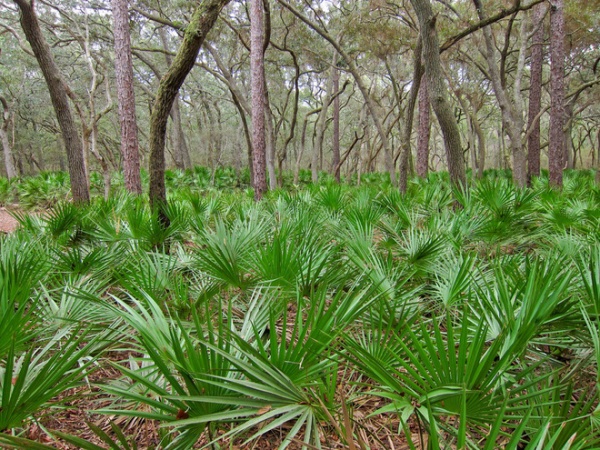
Distinguishing traits. Saw palmetto is a low-growing understory palm that forms large masses of ground cover in its native environment in the Southeast. It has radially symmetrical, palmate fronds (large, divided leaves) like a starburst that naturally occur in two colors: blue-green or silver-green.
It is a slow-growing, sprawling species that grows a cluster of sinuous trunks that spread along the ground. In a large, mature mass of saw palmetto, the trunks are not very visible because the fronds grow dense to obscure the trunks. Springtime brings creamy, fragrant flowers that the bees love. It flowers heavily every two to four years once established. It is a very reliable, pest- and disease-free native that tolerates many conditions in the Southeast.
Photo by Miguel Vieira
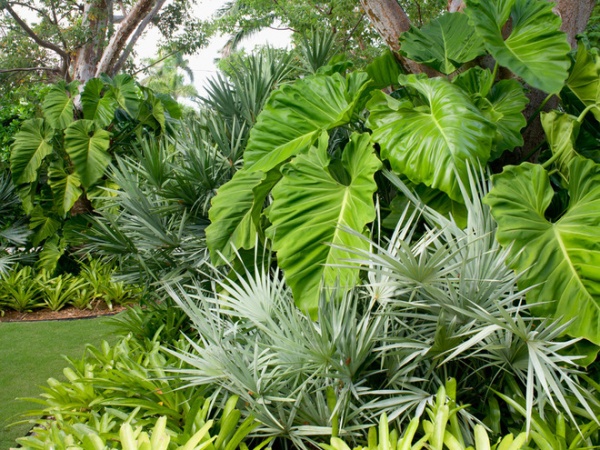
How to use it. Saw palmetto is best used as a massing ground cover in full sun or partial shade. The fronds are large and grow dense as the plant matures, making it a useful and handsome privacy screen where you have enough width to accommodate its full spread. Plant it at least 4 feet away from a wall and let it mature into a grand specimen over time, or plant several as a wide hedge.
Saw palmetto is often mixed with coarse-textured and subtropical plants with large foliage to achieve a tropical look. This planting strategy can present watering challenges, because it combines plants with very different watering needs. Instead, establish saw palmetto in a dry area of your garden with other Southeastern natives that thrive on little water.
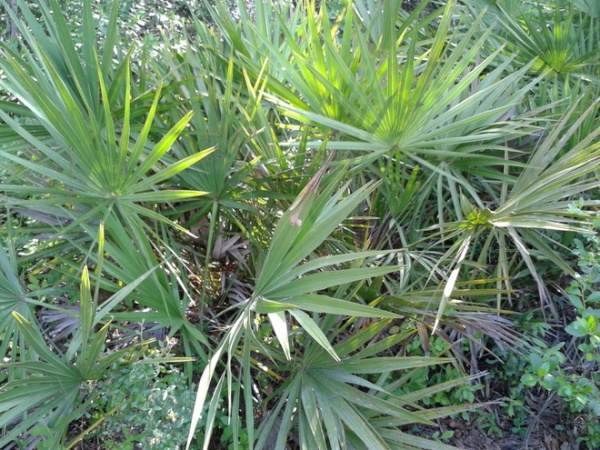
Planting notes. Saw palmetto has become more readily available in the nursery trade in recent years. It can be finicky to transplant and will perform best when you start with a small specimen. If you have never used saw palmetto, start small by selecting a 1- or 3-gallon container plant at the nursery. Plant it in an area with some afternoon sun protection and keep it watered to establish it. Saw palmetto likes freely draining soil and will not establish well in soggy soil.
Use caution when working with this plant, because it has spines along the petiole (the part between the stem and the leaf). Locate the plant away from areas where children might play.
Photo by John S. Quarterman
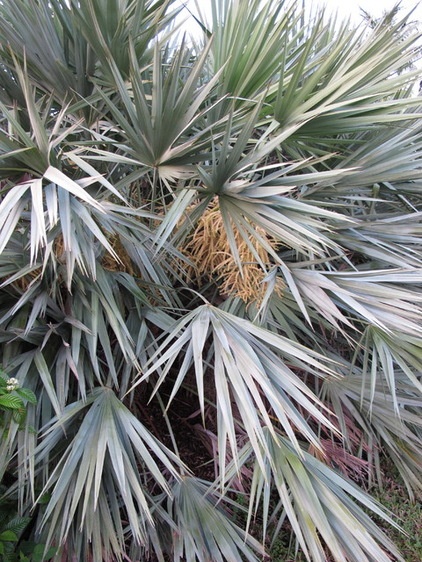
The silver-green plant naturally occurs in coastal areas of Florida, with several silver cultivars developed for ornamental landscape use. The silver cultivars look stunning with agave, yucca and gulf muhly grass (Muhlenbergia capillaris) for a salt-tolerant coastal planting.
There are two silver cultivars to look for at the nursery:
Serenoa repens ‘Cinerea’ is the most common silver cultivar.Serenoa repens ‘Georgia Silver’ is cold hardy to zone 7b.
Photo by scott.zona
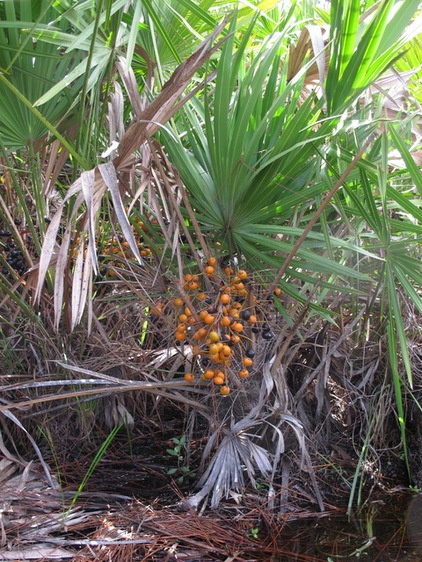
Wildlife value. Its fragrant spring flowers are a food source for over 300 different pollinators. Flowering frequency can vary from every year to about every two or three years. Flowering is profuse and is followed by green fruit that ripens to yellow, then orange and finally black when fully ripe. Pictured here is a cluster of orange and black fruit on a saw palmetto in autumn.
The dense, sprawling form of saw palmetto makes it an excellent habitat for a variety of animals and birds. Planting just a clump or two in your yard will provide cover and food.
Photo by scott.zona
More: Browse plants native to more regions of the U.S.
Related Articles Recommended












